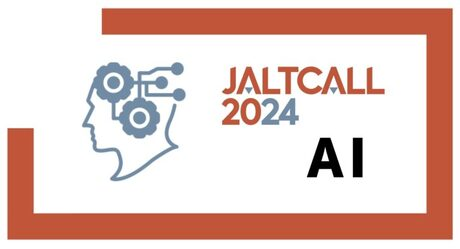Speaker
Description
College English classes in Japan often devolve into grammar translation and passive content. This does not improve students’ ability to communicate better in English. Developing active skills is more important and meaningful. As communication is essentially spoken, textbooks and excessive teacher talk can be major obstacles. They worked together to produce video recordings of live conversations to motivate students to be communicative, develop cooperation, and meet spontaneous and meaningful performance goals. A year-long course of approximately 20 classes, 50 hours in total, is outlined. In sets of two classes per topic, students talked freely about familiar and interesting themes in group sessions. They asked and answered questions, with the teacher only correcting major communication breakdowns to develop their independent interaction. In the next class, students chose related locations around the school to experience live, unscripted interactions, using a two-way interview style, where they could use both ideas from their previous practice and any new ideas that occurred to them. Topics covered a wide range, from nearby tourist spots and aspects of college life to talking about places they recommended in Japan and abroad. The teacher intervened only minimally when students froze up to scaffold continuous interactions. These recordings were edited into a single movie of the topic, captioned, and sent to students with their permission to review, enjoy, and keep both as memories of speaking English and to prepare for the oral course-end exam. Students thus learned to enjoy English communication and prepare themselves to talk to other speakers of English, whether native or not. Attendees will learn about the technology I use, how I build rapport with students, when I intervene, as well as my informal observations of student perceptions.
| Keywords | Video, Technology, Communication |
|---|

